The Acrylic Airless Bottle Market is currently characterized by a dynamic competitive landscape, driven by increasing consumer demand for sustainable and efficient packaging solutions. Key players such as Silgan Holdings Inc (US), Albea S.A. (FR), and AptarGroup, Inc. (US) are strategically positioning themselves through innovation and regional expansion. Silgan Holdings Inc (US) has focused on enhancing its product portfolio with eco-friendly materials, while Albea S.A. (FR) emphasizes its commitment to sustainability through the development of recyclable airless packaging. AptarGroup, Inc. (US) is leveraging its technological expertise to create advanced dispensing systems, thereby enhancing user experience and product preservation. Collectively, these strategies not only bolster their market presence but also shape a competitive environment that prioritizes sustainability and innovation.
In terms of business tactics, companies are increasingly localizing manufacturing to reduce lead times and optimize supply chains. This approach appears to be particularly effective in a moderately fragmented market, where the collective influence of key players is significant. The competitive structure allows for both established companies and emerging players to coexist, fostering an environment ripe for innovation and collaboration.
In August 2025, Silgan Holdings Inc (US) announced a partnership with a leading cosmetic brand to develop a new line of airless bottles made from 100% recycled materials. This strategic move not only aligns with the growing consumer preference for sustainable products but also positions Silgan as a frontrunner in eco-conscious packaging solutions. The collaboration is expected to enhance brand loyalty and attract environmentally aware consumers, thereby expanding Silgan's market share.
In September 2025, Albea S.A. (FR) launched a new airless bottle line that incorporates smart technology for enhanced product dispensing. This innovation is indicative of Albea's commitment to integrating digital solutions into its product offerings. By adopting smart technology, Albea aims to improve user engagement and provide brands with valuable data insights, which could lead to more tailored marketing strategies and increased customer satisfaction.
In October 2025, AptarGroup, Inc. (US) unveiled a new manufacturing facility in Asia, aimed at increasing production capacity for its airless bottle range. This expansion is strategically significant as it allows Aptar to better serve the growing demand in the Asia-Pacific region, which is witnessing a surge in beauty and personal care products. The facility is expected to enhance supply chain efficiency and reduce costs, thereby strengthening Aptar's competitive position in the market.
As of October 2025, the Acrylic Airless Bottle Market is witnessing trends such as digitalization, sustainability, and the integration of artificial intelligence in product development. Strategic alliances among key players are increasingly shaping the competitive landscape, fostering innovation and enhancing product offerings. Looking ahead, it is likely that competitive differentiation will evolve from traditional price-based competition to a focus on innovation, technology integration, and supply chain reliability, as companies strive to meet the changing demands of consumers.


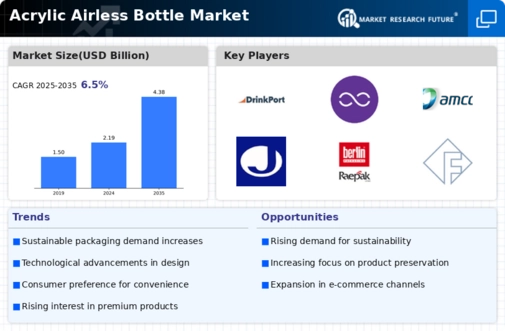
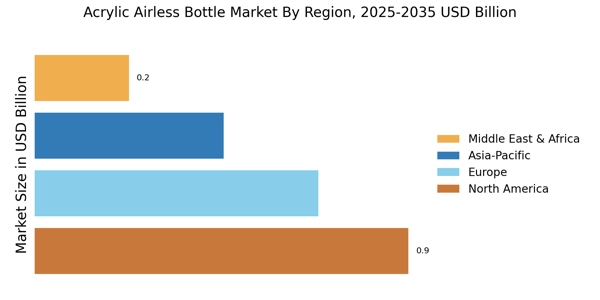
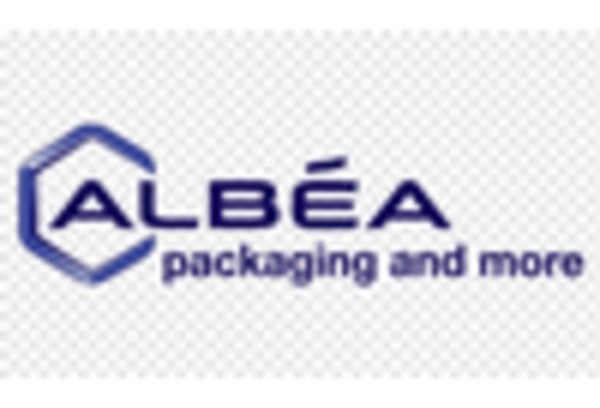
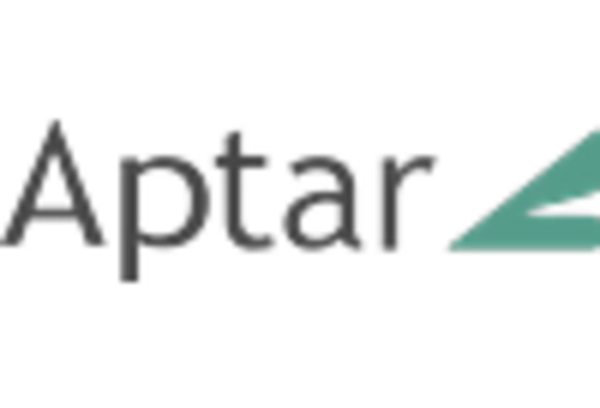
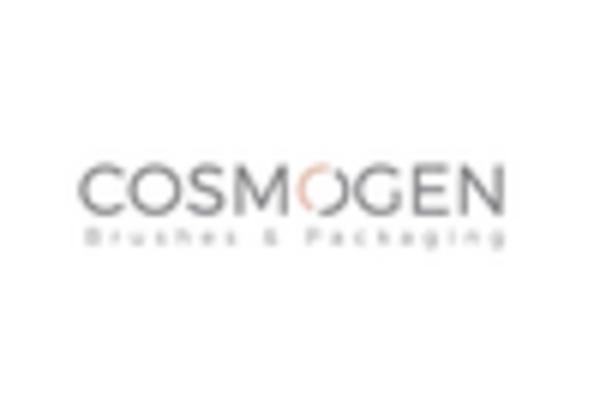

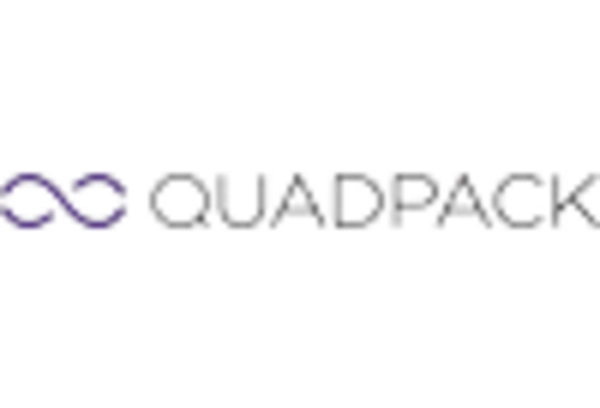









Leave a Comment